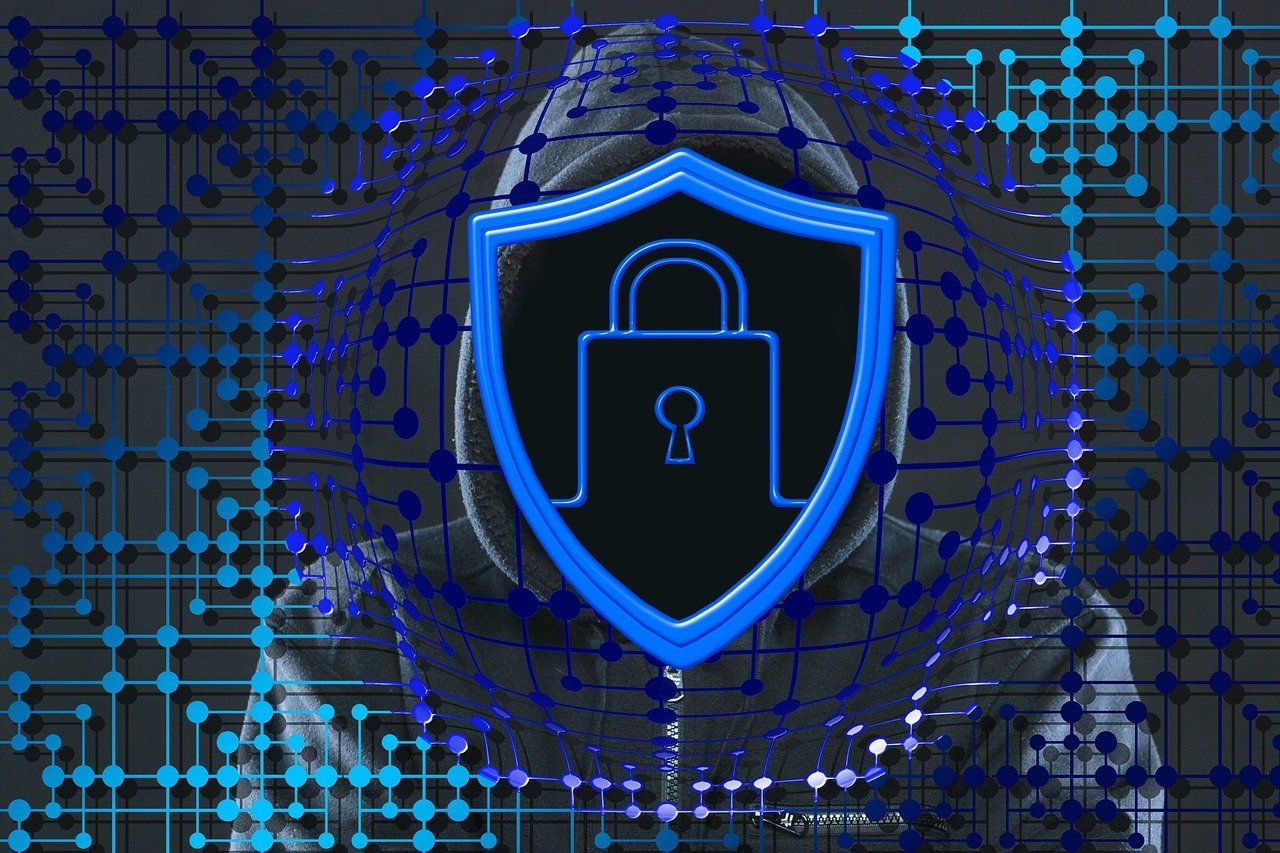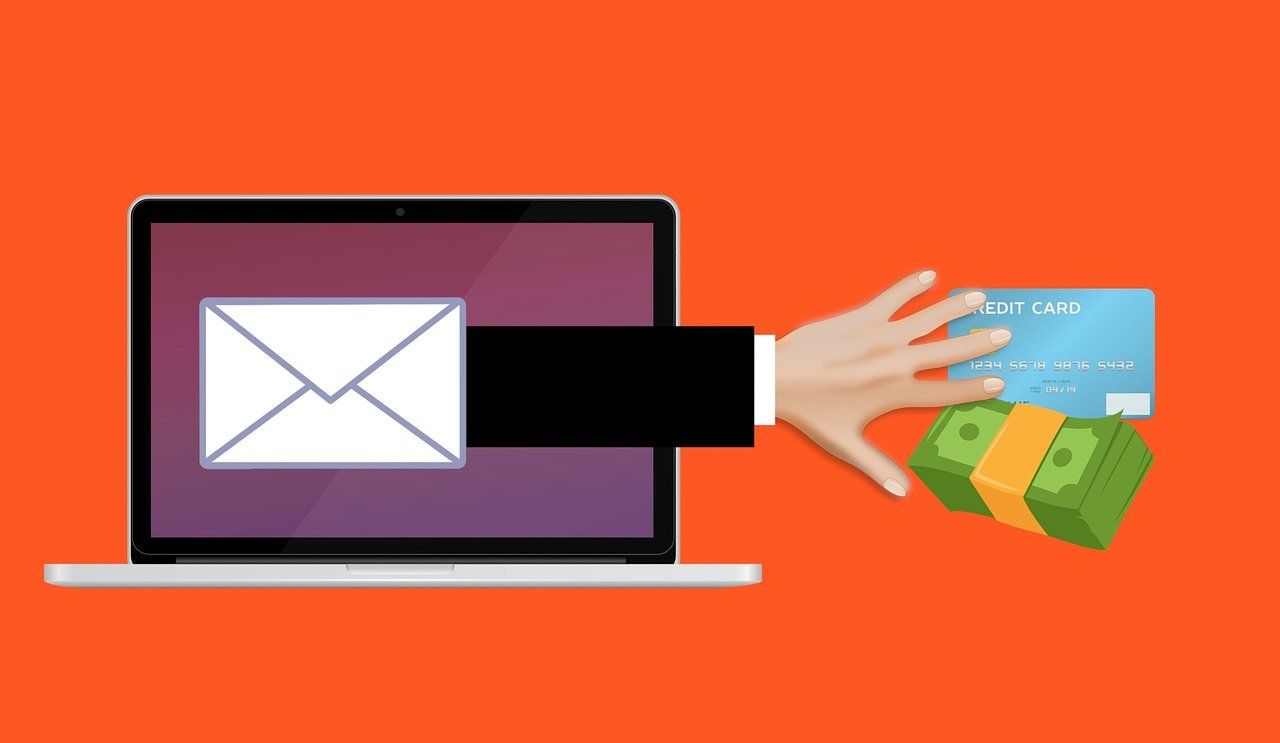The numerous benefits of leveraging the internet in business have spurred more organizations to establish an online presence. This generates more digital footprints online, making every business owner vulnerable to cyberattacks.
Interestingly, being hacked is not completely the attacker's fault. As a network owner, if you don't secure your system, you stand to be blamed in the event of an attack.
In this article, you'll learn more about attack surface management and how you can use it to enhance your network security.
What Is an Attack Surface?
An attack surface is the total number of entry points where an unauthorized user or attacker can extract or input data into a system or environment. To simply put it, these are various ways an attacker can get into your business network or device to steal or change vital data.
All networks, no matter how small or large, are prone to attacks. Hence, you must secure your web applications against possible attacks with effective security practices or risk being a victim.
There are three different major types of attack surfaces. These include the digital attack surface, physical attack surface, and social engineering attack surface.
1. Digital Attack Surface
A digital attack surface is anything that is exposed to the internet. We can say that it’s more rampant and easier when compared to the physical attack surface because the internet exposes us to different cyber threats.
Issues like poor email security and coding, having leaked credentials, weak passwords, or an inappropriate operating system are a few ways hackers can get through a business through the digital attack surface. Sophisticated hackers take it a notch higher by initiating a man-in-the-middle attack to distort or alter your data in transit.
2. Physical Attack Surface
A physical attack surface is an attack done on any company’s physical device or hardware when an attacker has physical access to these devices. This attack occurs whether or not the devices are connected to the internet.
When an invader has access to a company’s physical device, they can obtain the source code running on the hardware. With this, they explore sensitive data solely meant for the company and manipulate it to their preference.
Even hardware that is improperly disposed of is also at high risk. This is why it's best to deep clean and go 'extra' when discarding old or unwanted hardware.
3. Social Engineering Attack Surface
Most times, attackers don’t have to go through the hustle of accessing online or physical business information. Instead, they use social engineering to trick company employee(s) into giving them the information they need.
This is why it’s said that people are one of the biggest security risks to a company, especially when they are not educated on cybersecurity. Social engineering occurs when an employee is tricked into clicking a malicious link, downloading malware software sent to their company’s email, or when making use of an infected USB on the company’s computer.
In other instances, attackers can impersonate and work with the company as a janitor, messenger, handyman, or woman to access the company's server, computers, printer, router, and the rest.
Attack surface management can be used to beat attackers to the game, regardless of the route they choose to take.
What Is Attack Surface Management?
Attack surface management is the process of monitoring, evaluating, and securing the components of your network against cyberattacks.
It's the process of performing a security task from an attacker’s perspective to prevent any possible future attack. This makes attack surface management the main concern of any chief information security officer, chief technology officer, or any other cybersecurity personnel.
There are two categories of attack surface management—external attack surface management and attack surface management within the organization.
1. External Attack Surface Management
External attack surface management is the process of managing internet-exposed assets by narrowing down every entry point vulnerable to attack. It’s done through systematically discovering, sorting, and allocating a risk score to all recognizable assets, and then reducing the score.
2. Attack Surface Management Within the Organization
As the name implies, this is the management of activities on assets reachable only from within an organization. In most cases, it’s not online but right within the company.
Attack Surface Management Tools
Several tools make it easier to manage attack surfaces effectively. These tools expose potential blind spots and processes that allow attackers to dodge hardened defenses that protect a network.
Some popular tools in the market include Sandbox Attack Surface Analysis Tools from Google, Rapid7 InsightVM, UpGuard BreachSigh, OWASP Attack Surface Detector, and CoalFire Attack Surface Management among others.
Why Is Attack Surface Management Important?
According to a report, about 27% of malware occurrences are linked to ransomware. Ransomware attacks are reliable in targeting small and large businesses every 11 seconds. These constant attacks on businesses are the fundamental reason every company should take a severe stand on cybersecurity.
Let's take a look at some reasons why attack surface management is important.
1. Detecting Misconfigurations
Effective attack surface management helps to detect misconfigurations in the firewall, operating system, or website settings. It also comes in handy in discovering ransomware, viruses, weak passwords, outdated software, and hardware that are vulnerable to attack.
2. Protection of Sensitive Data and Intellectual Property
With attack surface management, it’s easier to secure sensitive data and intellectual property. Instead of getting into your system freely to access such confidential information, attackers will meet strong resistance.
When implemented properly, attack surface management also helps to mitigate risk from shadowing IT assets. Just like intrusion detection systems that pick up malicious signals around your network, it notices and removes unwarranted access.
What Are the Key Requirements for Attack Surface Management?
There are five key requirements for attack surface management. These requirements are asset or risk discovery, conduction of risk assessment, scoring and rating, monitoring, and remediating.
1. Asset or Risk Discovery
The first step to attack surface management is finding and discovering the asset because you can’t manage an asset if there’s none. This risk or asset can be an existing one or a new one that belongs to your organization or your business partners.
2. Conduct Risk Assessment
When the risk is discovered, the next action is to conduct an assessment and classify each risk according to its characteristics, potential influence, and the likelihoods of it reoccurring.
3. Scoring and Rating
As most organizations have more than a thousand assets, a better way to understand them is to prioritize them from the severe to the least. The risk with a lower rating should be of core importance. The lower the rating, the more problematic the risk is.
4. Monitor Risks
Continuously monitor the various risks and the threats they pose. This process should be done 24/7 to discover new security liabilities, flaws, misconfiguration, and amenability issues.
5. Remediate
After strategizing and contextualizing your mitigation plan, you can begin remediation based on priority. This ensures that the plan is up-to-date. If there are changes, let your plan reveal that.
Creating a Risk-Free Network Is a Collective Effort
Implementing an attack surface management solution shouldn’t be the sole responsibility of security experts. To make your network risk-free, make cybersecurity part of your workplace culture by cultivating healthy cybersecurity practices in your employees.
When no employee drops the ball on cybersecurity, cybercriminals will have no opportunity to penetrate your network. It's only a matter of time before they get tired of waiting and move on to the next vulnerable network.





